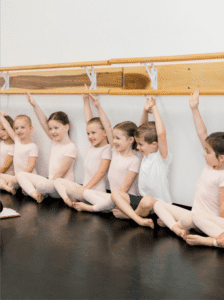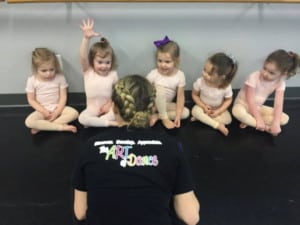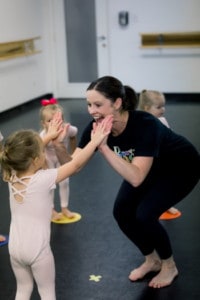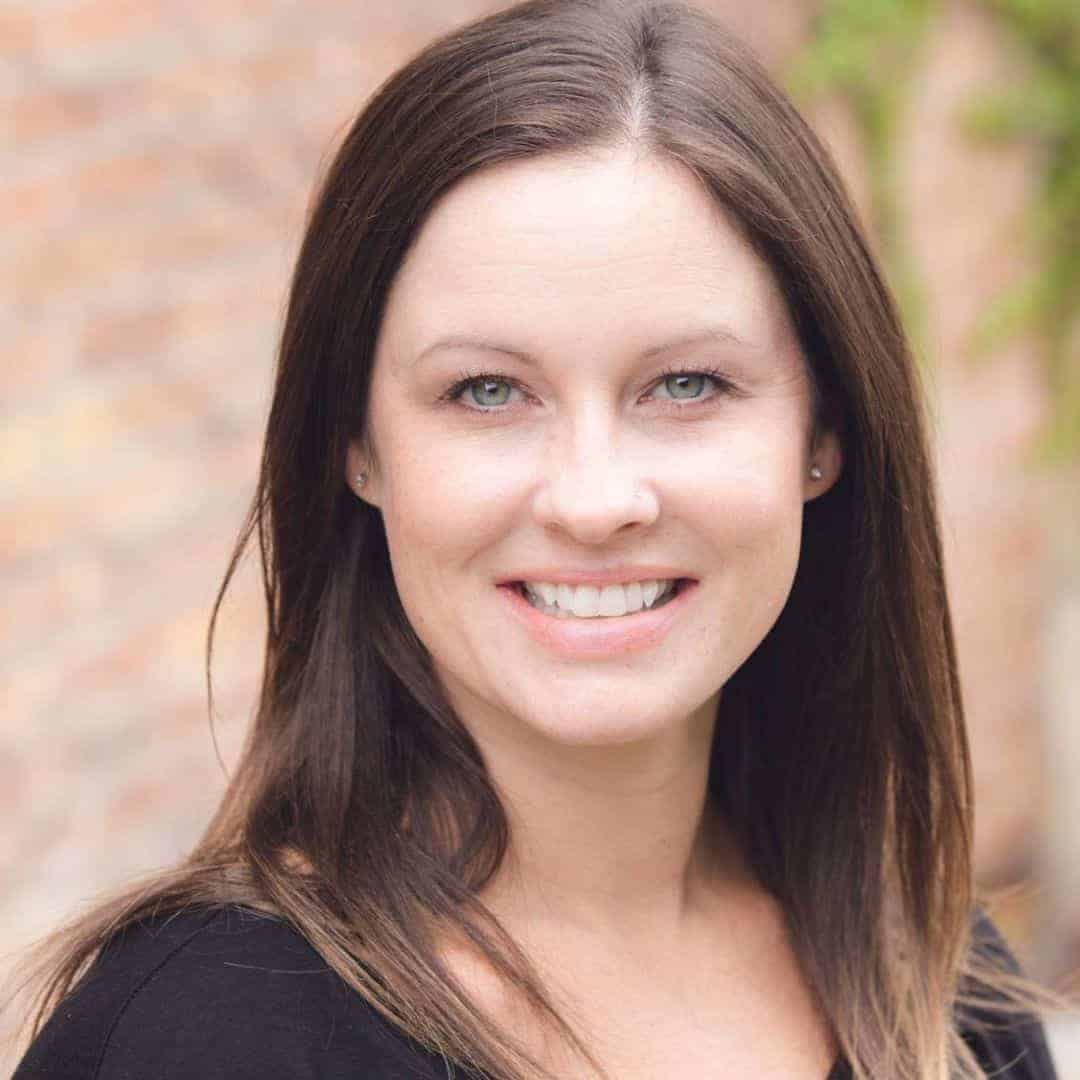What is Classroom Management?
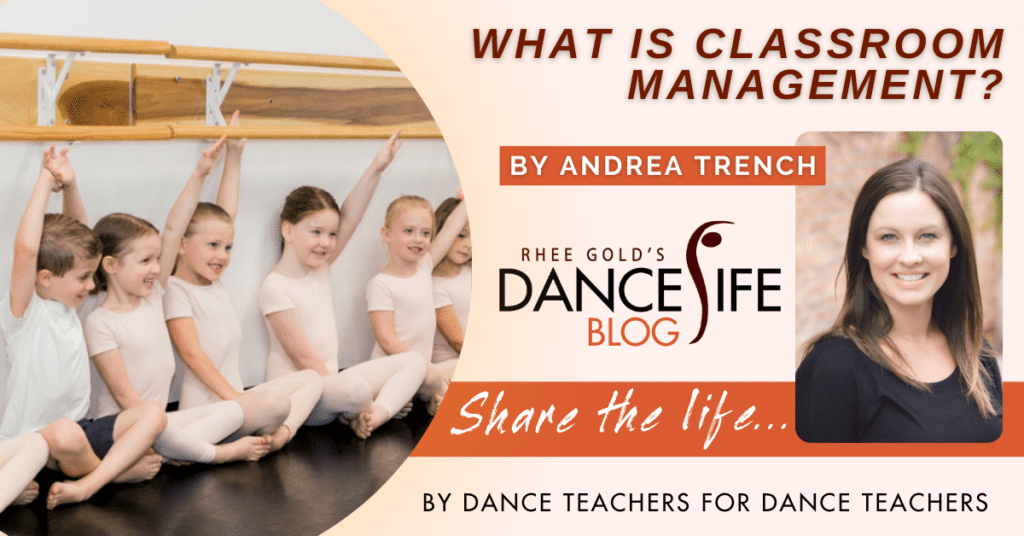
Do you remember the first time you heard the term “classroom management”?
I don’t remember exactly, but looking back on my early teaching years, I do know that I was not “managing” anything. I honestly didn’t know it was something I needed. I assumed kids loved to dance. I thought they would be happy to be in class, engaged with the fun activities I had planned, and cling to my every word. As you can imagine, these unrealistic expectations led to some major classroom issues.
Whenever my students veered off-track, I would do anything and everything to get them back on track.... sing a silly song, say a cute saying, get out props, bribe them with a fun game, or, eventually, threaten no sticker, make them sit, or send them out to their caregiver. My lack of management led to frustration and exhaustion, not just for me but my students as well.
As I studied the developing child and the best practices for teaching the developing child, I realized that I had a misunderstanding of the definition of classroom management. I quickly learned that classroom management is not about controlling or disciplining my students. Rather, it is about having consistent procedures in place to avoid distractions and misbehavior, so I wouldn’t have to discipline.
Recognizing where potential off-track behavior may appear is the first step in developing a classroom management plan. I can then put a system or strategy in place to nip the behavior before it even has the opportunity to begin. By weaving these systems and strategies throughout the structure of my lesson plan, I am ensuring that I am setting my classes up for success.
Here are three areas to think about when you create your classroom management plan. If you are experiencing off-track behavior during these times in your classes, perhaps a procedure is needed.
Starting Class
Starting class can be chaotic with excited dancers, runners, criers, and late arrivals. In order to combat the moodiness of some while at the same time cater to the excited energy of others, we look at the effects movement has on our brain and body. Science tells us that movement releases endorphins that help calm our mood while also reducing the stress hormone, cortisol. Offering a movement activity (I recommend the Freeze Dance) as the very first thing your students do when they enter the studio, will allow the excited dancers to work off a bit of that energy while helping improve the moodiness of others. Beginning with the Freeze Dance allows a buffer between the start of class and when we are ready to learn. A successful beginning sets the tone for the entire class. A procedure here is a must. It should be consistent and predictable so children feel comfortable and confident in knowing what to expect each week.
Activity Transitions
We spend so much time planning our class activities, choosing our music, and incorporating props to enrich our learning environment. During all of this planning, we may forget to also plan our activity transitions. When we neglect planning what will connect one activity to the other, we create an opportunity for off-track behavior. Transitions keep the learning going and the class flowing. They are a crucial part of any early childhood classroom management plan.
Think of the times in your class where you need to distribute a prop, clean up a prop, move from general space to self space, go from sitting to standing or standing to sitting, and breaking off in partners/groups. These are the times you need to plan a transition. Think about what you will do and say for each transition and add it to your lesson plan before class begins.
Across the Floor
Going across the floor is the perfect opportunity for class to derail. Children will become bored waiting and will find ways to get out of the situation. Teaching dancers to wait their turn is a valuable lesson and crucial for patience and self-control development. However, this is a skill that takes time to develop and young children are not built to be still. They need to move! If you find your focus is being pulled from the dancers going across the floor to the dancers who are waiting impatiently, perhaps the time spent waiting is too long. The cure for this is one of my favorite management tools…. obstacle courses. Instead of performing skills across the floor, put multiple skills in an obstacle course. You will be able to accomplish more skills while your students move more and wait less. A win win for all!
Some other areas of your class that may need a system or strategy include: determining class sizes, age groupings, dress codes, playlists/music, and prop management.
Do I still need the bells and whistles to get my students back on track? Sometimes. Let’s be real! The only consistent thing in early childhood dance classes is the fact that they are always inconsistent and full of surprises. But, because I have specific systems and strategies incorporated into my lesson plan framework, I avoid a lot of the off-track behavior in the first place.
With a developmentally appropriate curriculum and a killer classroom management plan YOU can set your students up for success!
Happy Exploring!
Andrea Trench is dedicated to helping dance teachers create and deliver content that is research-based and developmentally appropriate for children under the age of 6. Her primary focus is classroom management, conceptual teaching, and foundational movement skill development in early childhood dance education. In addition, Andrea uses her 12 years of experience as a partner in a dance studio to inspire, equip, and empower educators.






